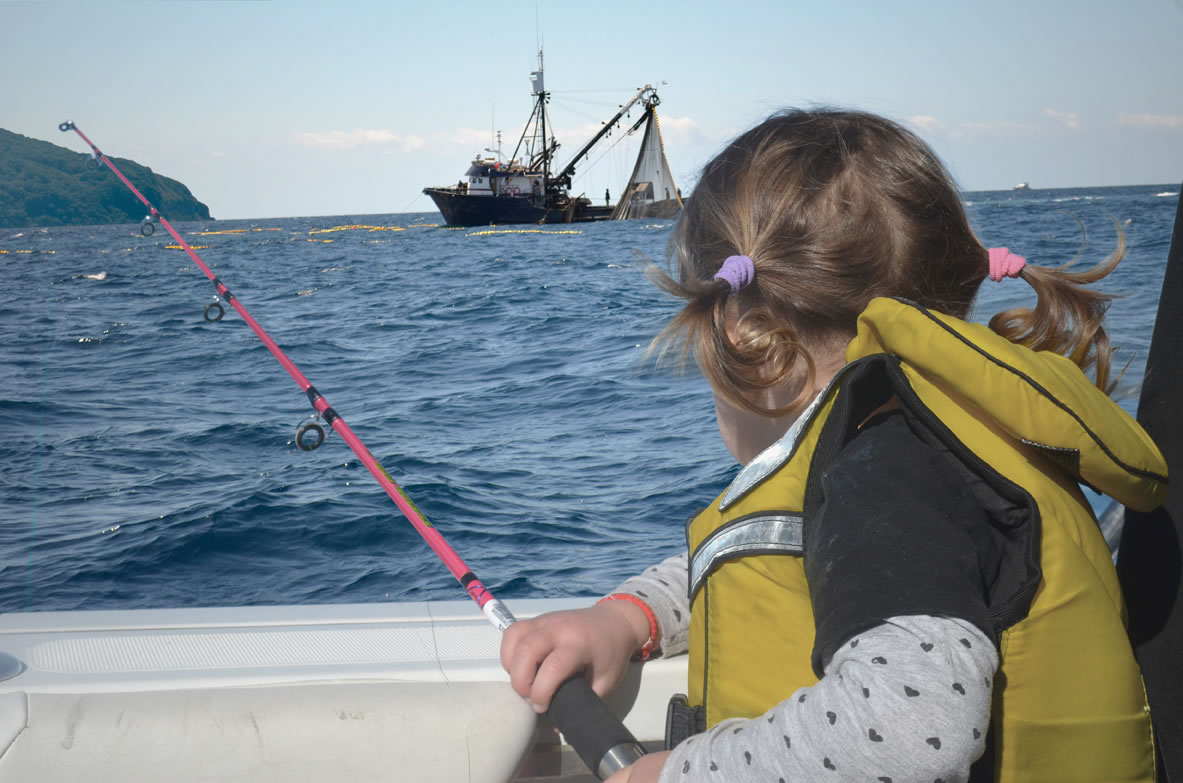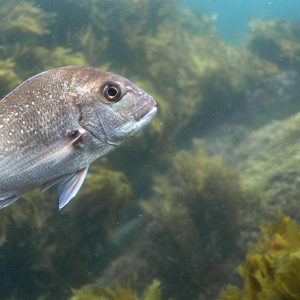In the same week that our Prime Minister is explaining the Maori concept of kaitiakitanga, guardianship, to the United Nations her fisheries Minister is at home setting catch limits way too high for some fish stocks. Stuart Nash announced his decisions for 20 fish stocks four days before they were due to come into effect on October 1st.

It is clear that the government has bowed to commercial interests instead of putting the sustainability of our precious fisheries first.
Tarakihi, red snapper, several South Island mixed trawl species, orange roughy and hoki were some important stocks reviewed this year. For tarakihi at least we were hopeful that the Minister would follow through on his commitment made last year, to reduce tarakihi commercial catch limits if the industry did not deliver a plan to rebuild stocks at a faster rate.
In 2018 Fisheries New Zealand proposed a 55% reduction to the Total Allowable Commercial Catch (TACC) for east coast tarakihi from North Cape to Southland. We looked at the science and supported a 65% reduction and less trawling in sensitive nursery areas. In September last year Stuart Nash decided to cut the TACC for east coast tarakihi by 20%. He also gave the industry a year to agree on a plan that would deliver a rebuild in about 10 years.
We’ve read the plan. Nothing in the plan by Fisheries Inshore New Zealand, Te Ohu Kaimoana and Southern Inshore Fisheries will further reduce the catch of adult, breeding tarakihi, and the rebuild time is sometime over 20 years. Despite this, the Minister has accepted the plan and added a 10% catch reduction from October this year.
Stuart Nash advises this small 10% reduction is based on the prospect of more TACC reductions next year if the industry do not follow through on their latest promises.
Nash is also putting his faith in the industry to improve catch reporting and an “in-principle agreement” to use onboard cameras on vessels working between East Cape and Southland.
Faith based management might work in some industries, but we know from experience that it’s a risky approach in fisheries management. What’s more, the “in-principle” agreement to use onboard cameras is not realistic.
We have a copy of a letter sent from fishing industry leaders to the Minister in July last year stating categorically that they “do not support your current proposal for compulsory cameras to be imposed on commercial fishing vessels”.
The letter was signed Talleys Ltd, New Zealand Federation for Commercial Fishermen, Sealord and Te Ohu Kaimoana. It was sent to the Minister on the same day that the submission period closed for responses to the Ministry’s original tarakihi management proposals. So even before Stuart Nash had made his 2018 decision, he was in no doubt that the industry would not accept onboard cameras.
What’s changed in a year? Not much it seems. Tarakihi exploitation rates are still too high and our hopes of a rebuild within 10 years have been dashed. It is still the Minister’s statutory duty to save tarakihi from depletion so he might as well start planning for the 2020 review process now.





